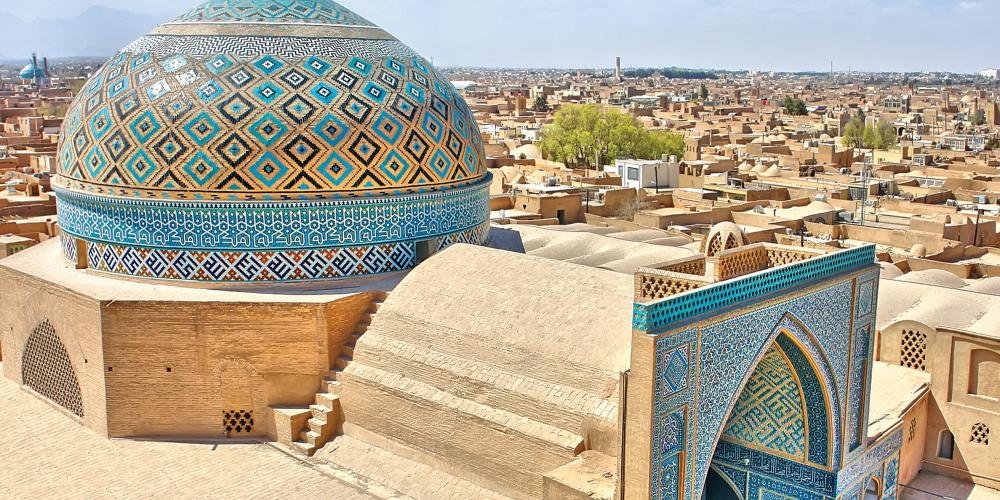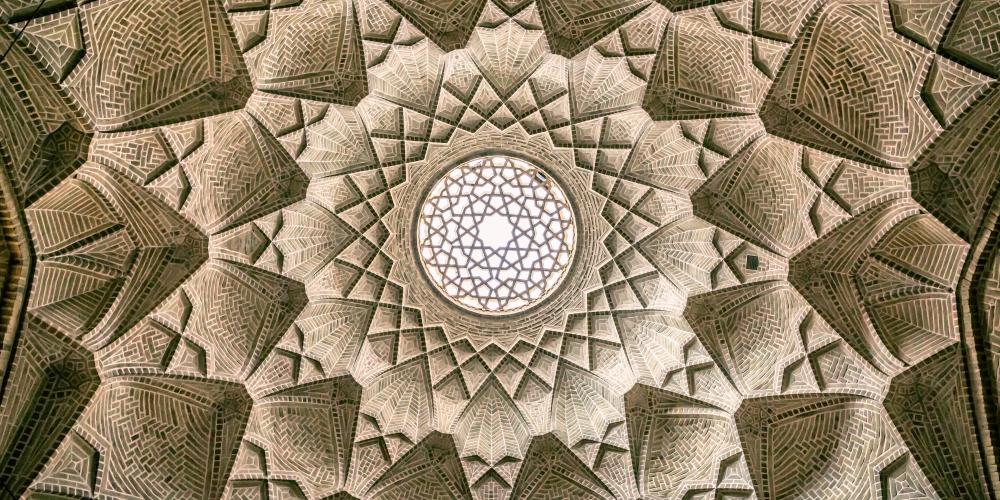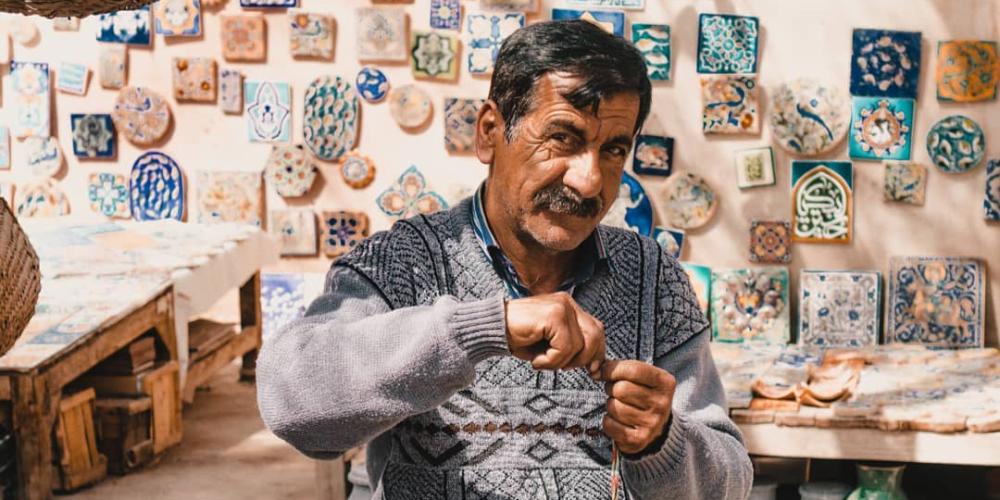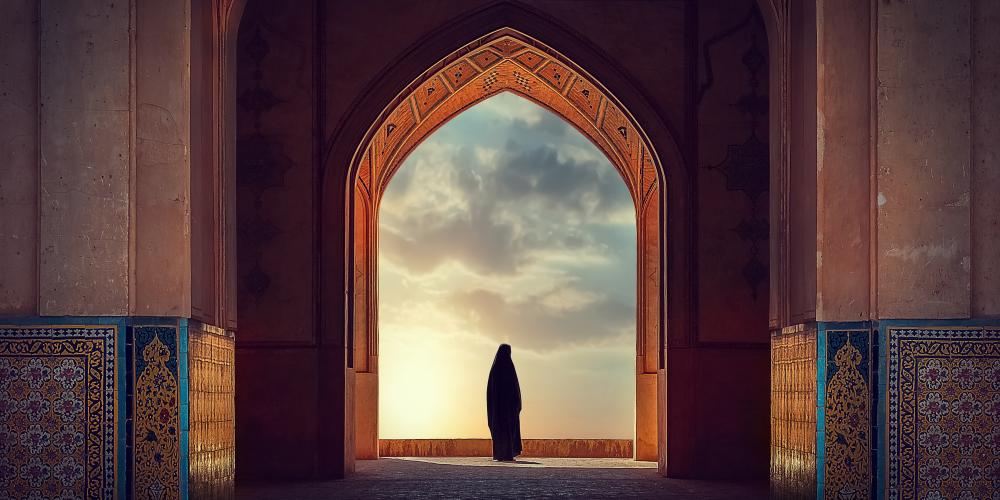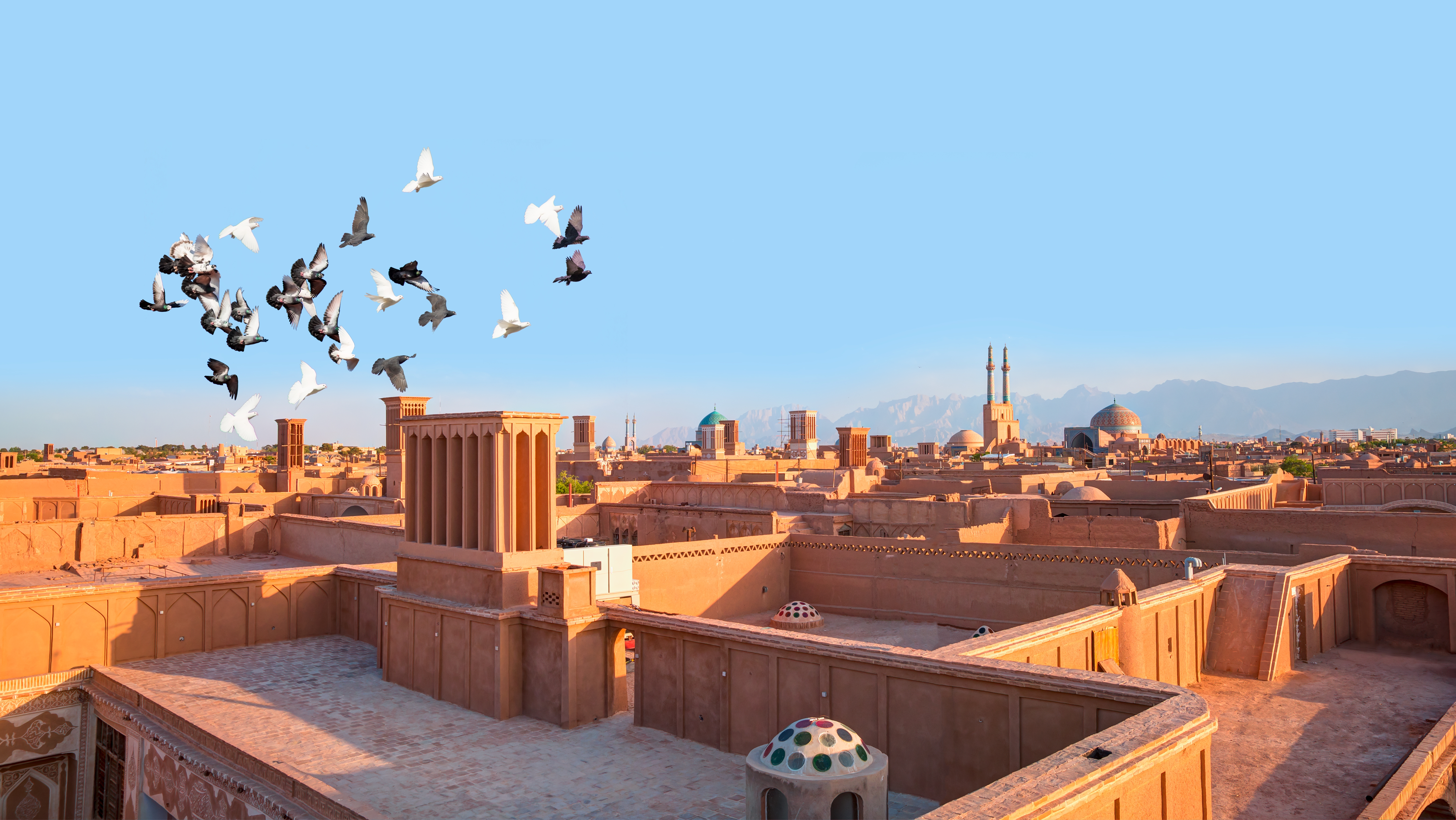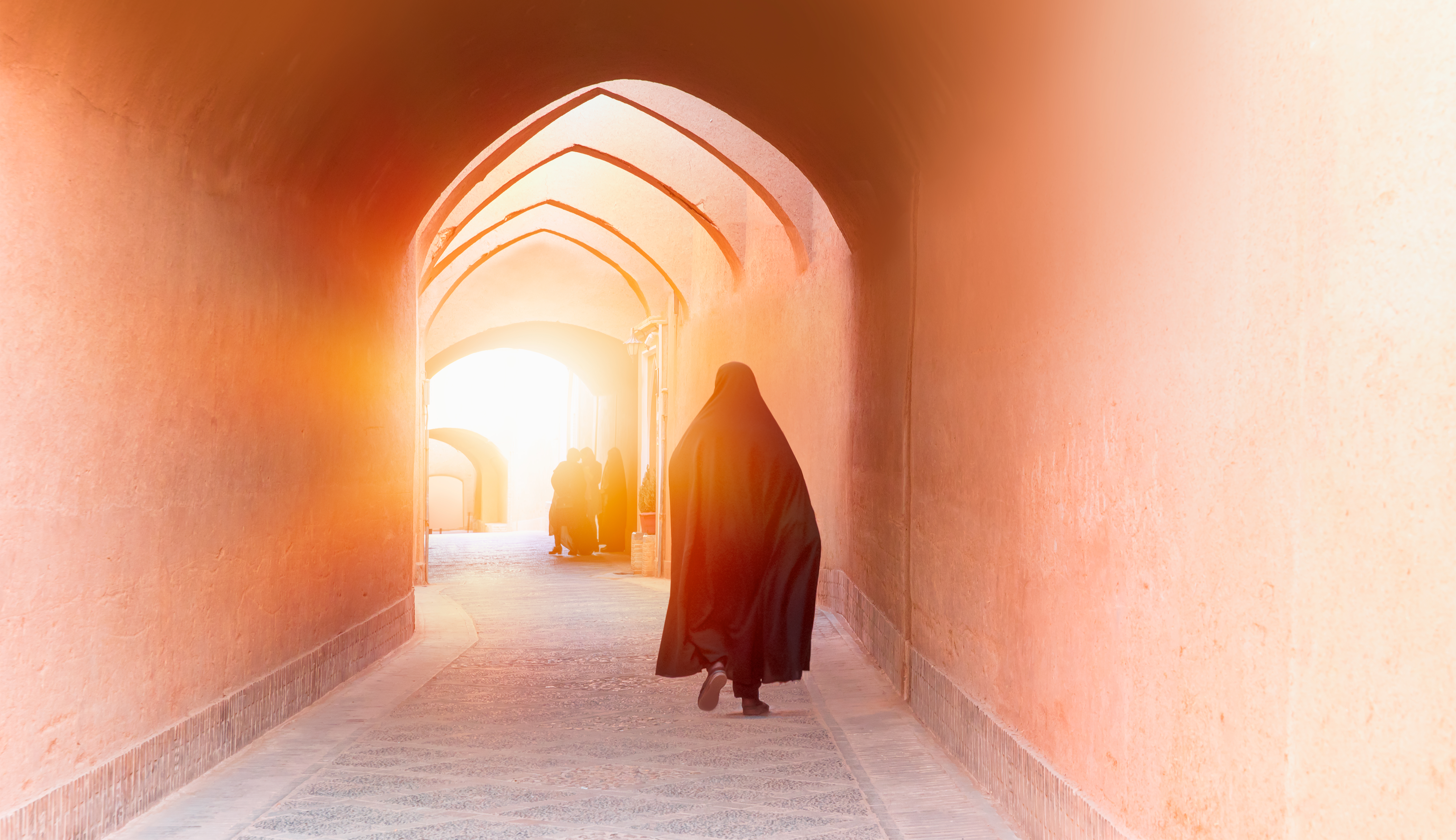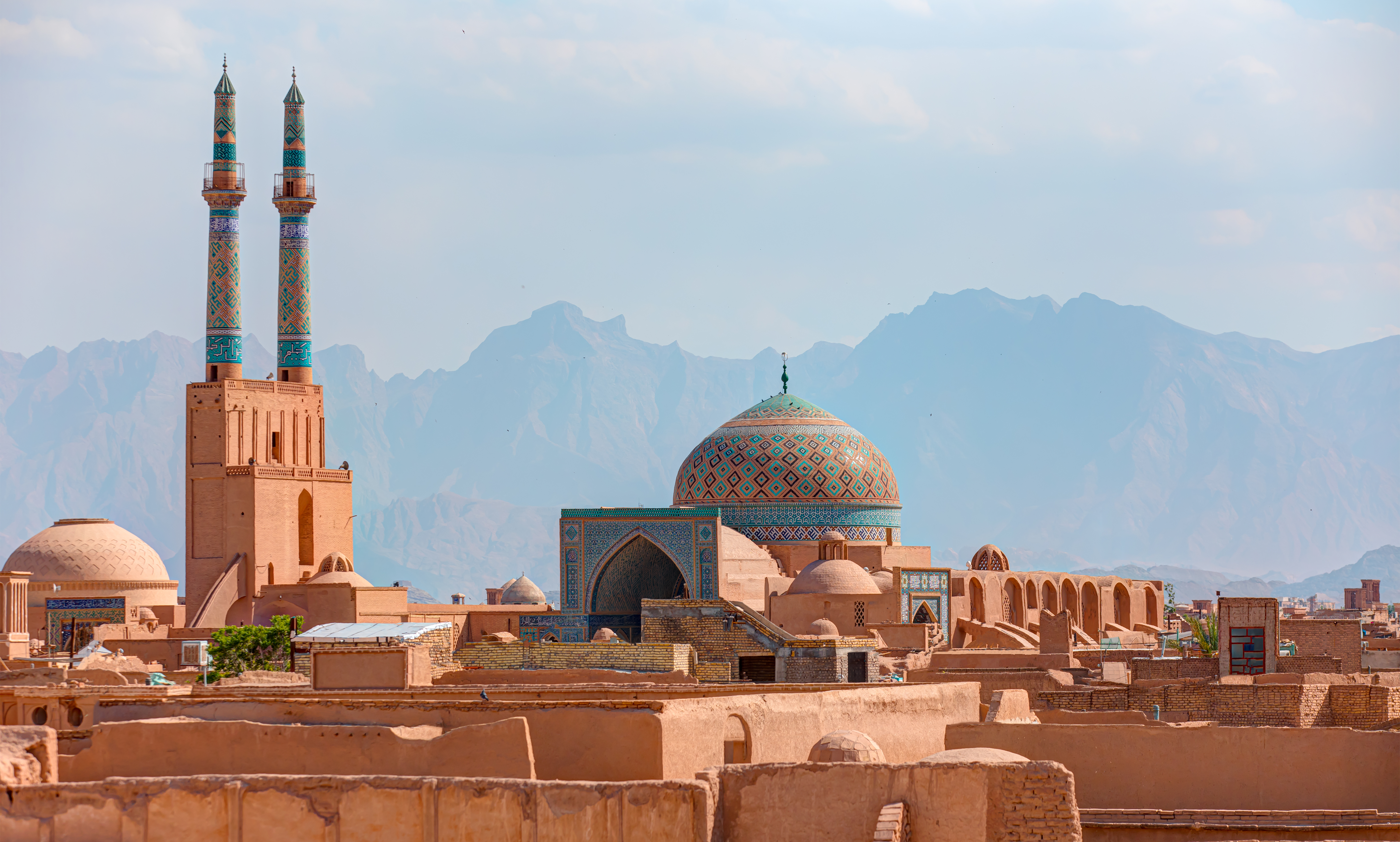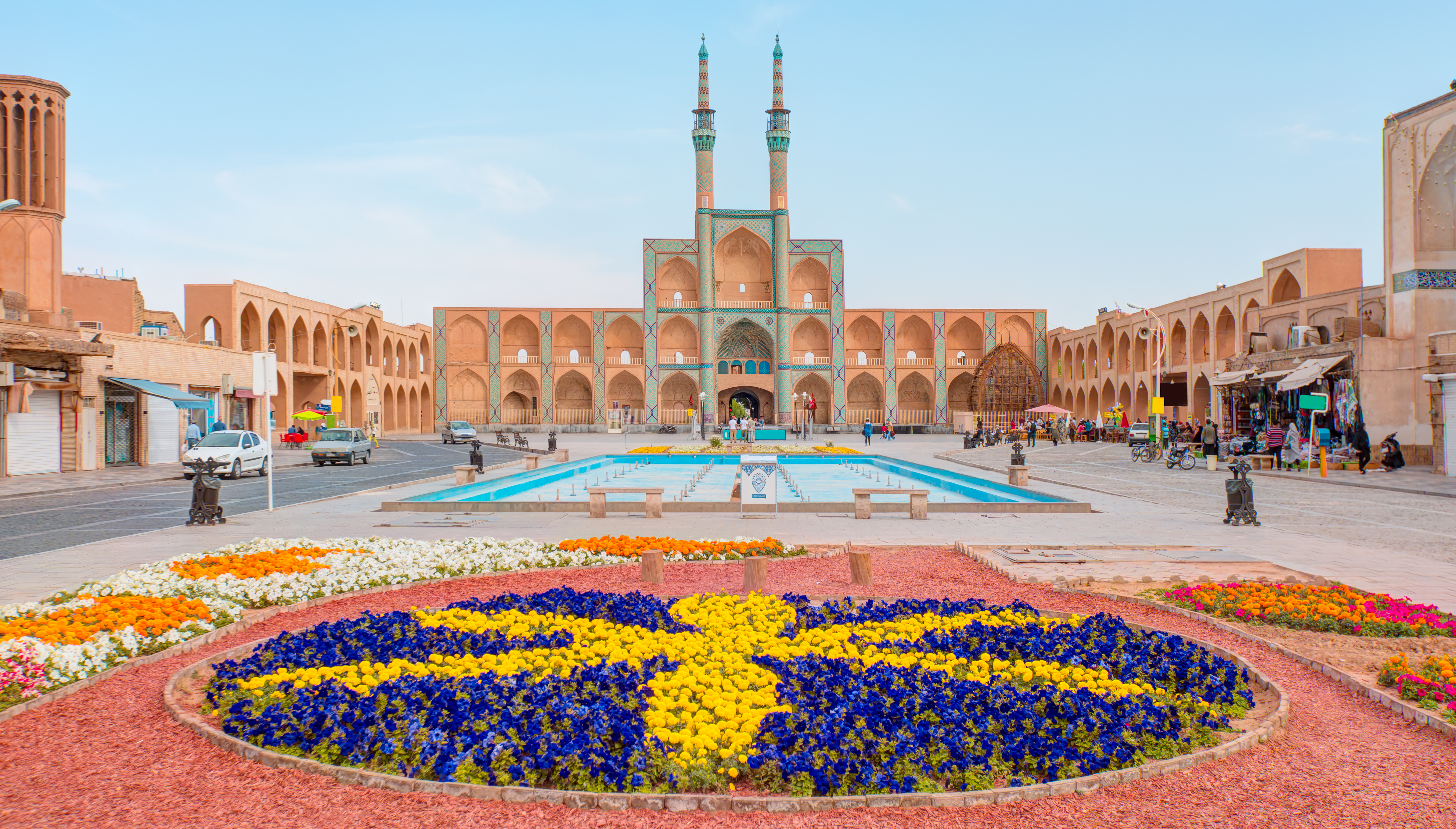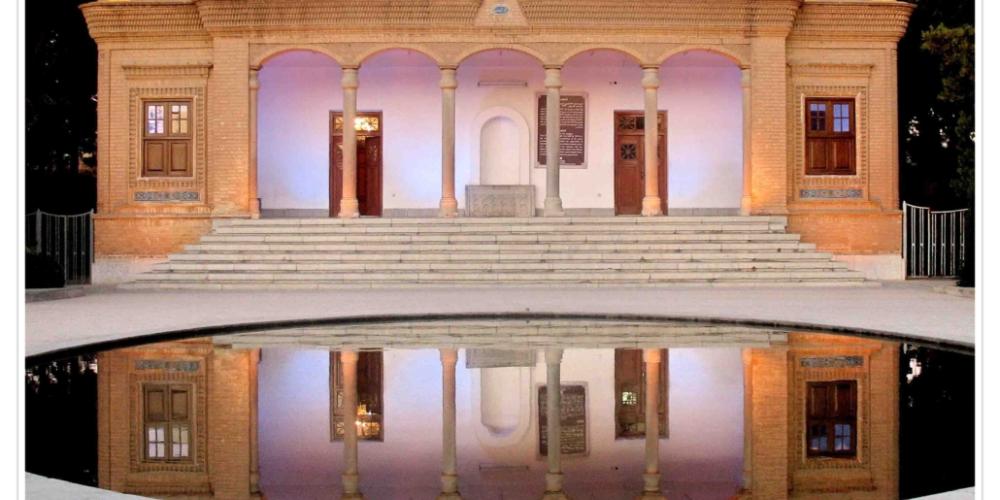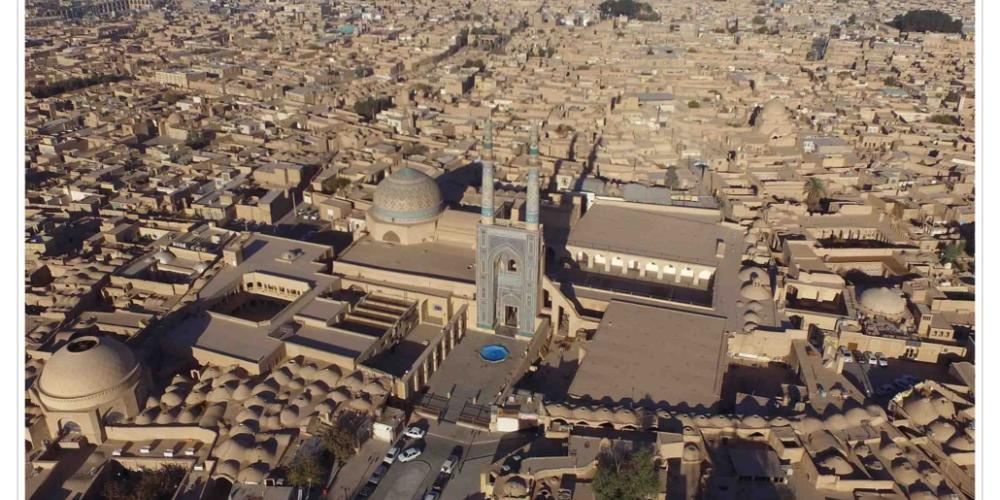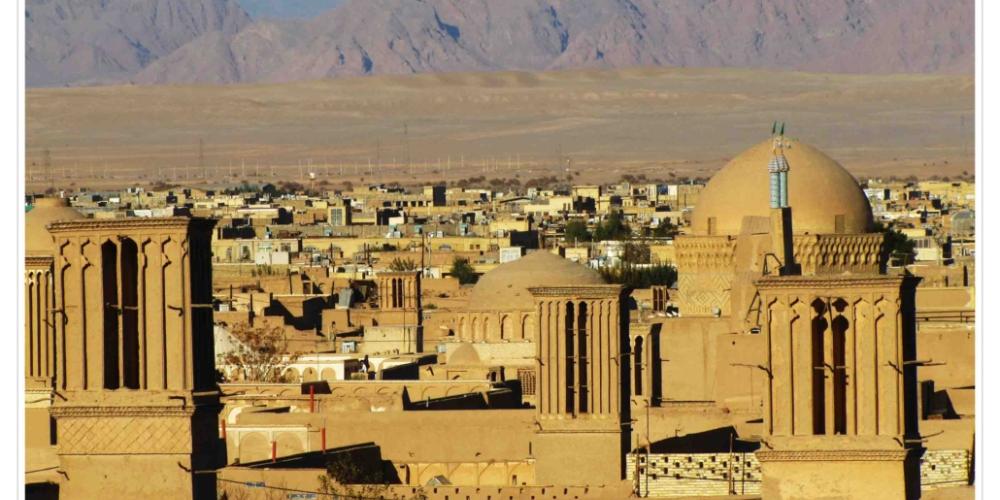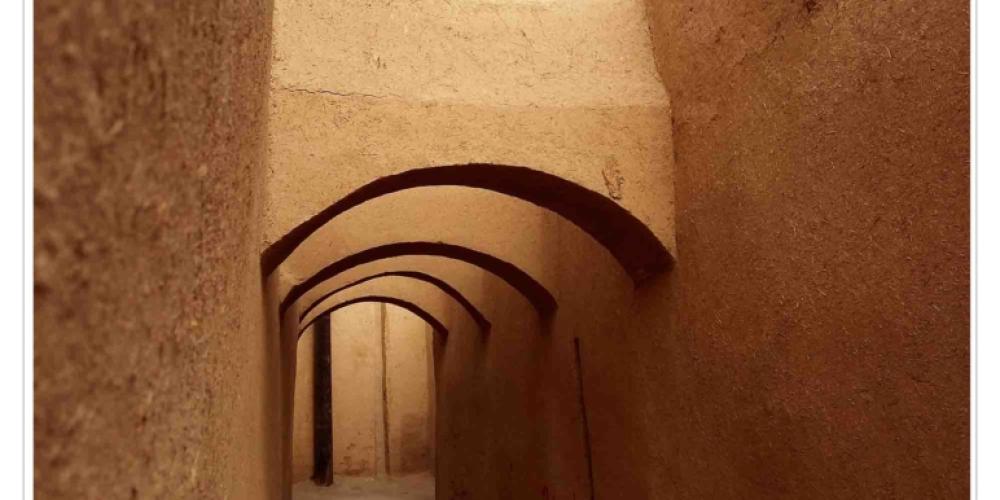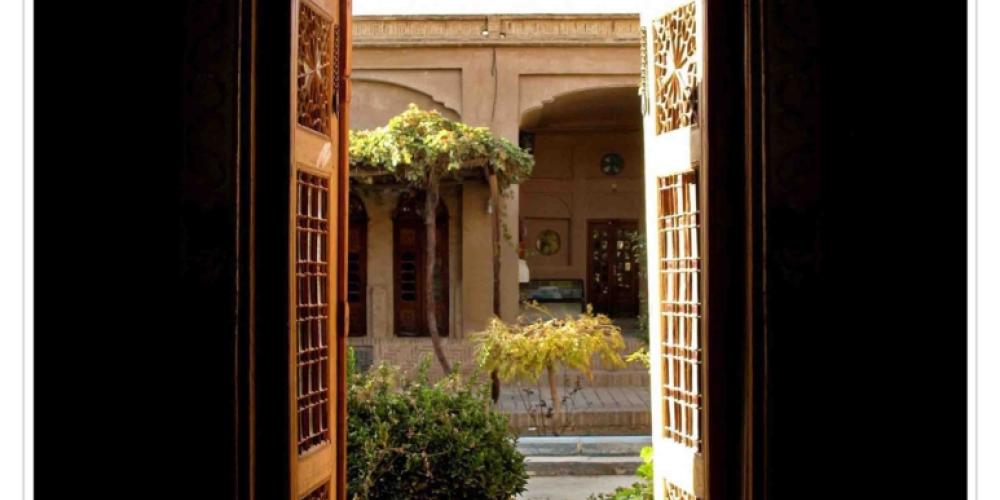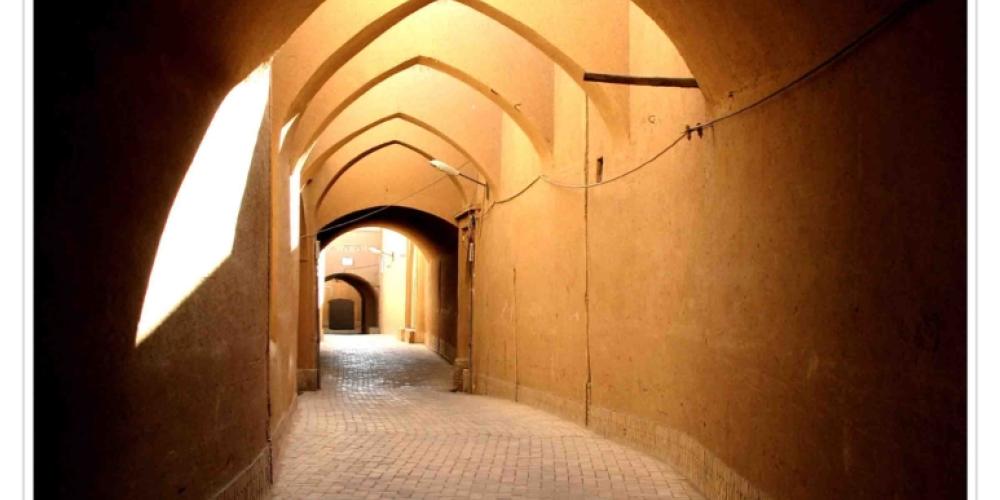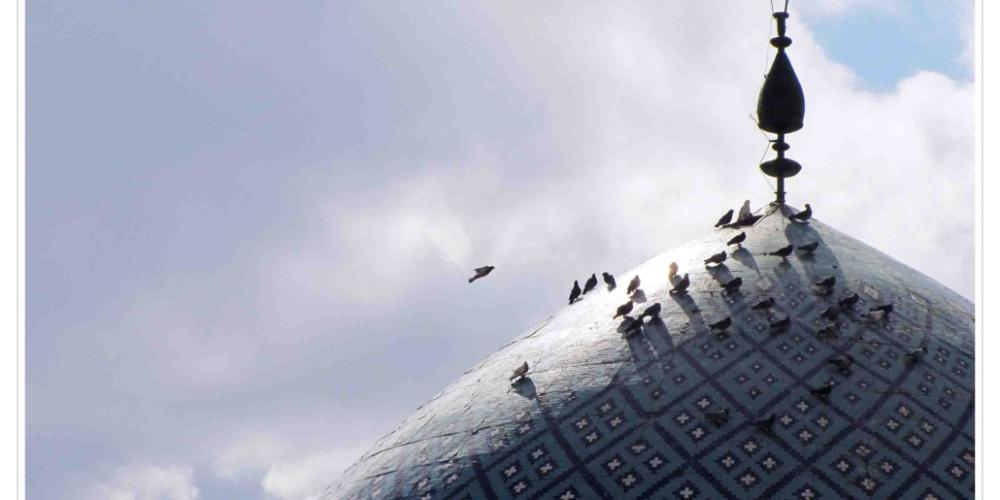Historic City of Yazd

Yazd may have been founded in an excellent location for trade, but the extreme weather conditions originally made it a rather uncomfortable place to live. As the driest major city in Iran, it only gets an average of 49 millimetres of rain a year. In summer, temperatures regularly reach above 40°C, while in winter they can drop below freezing.
To combat the dry and hot conditions, the residents of Yazd used an innovative series of architectural techniques to create a liveable city. One of the most important was a network of qanats, which are systems that tap into underground mountain water and then use gravity to transport the water to the city. In Yazd, the qanat system was developed so each district would have a water source and the residences and businesses could be built around it.
Because of a lack of wood, buildings were constructed with earth and feature arches, vaults, and domes. They use simple techniques like underground living areas to create cool spaces - and more sophisticated elements like windcatchers, known as badgirs, that allowed wind to enter a building through a vent and pass through the rooms to cool them down. These features now define the remarkable sprawling skyline of the city.
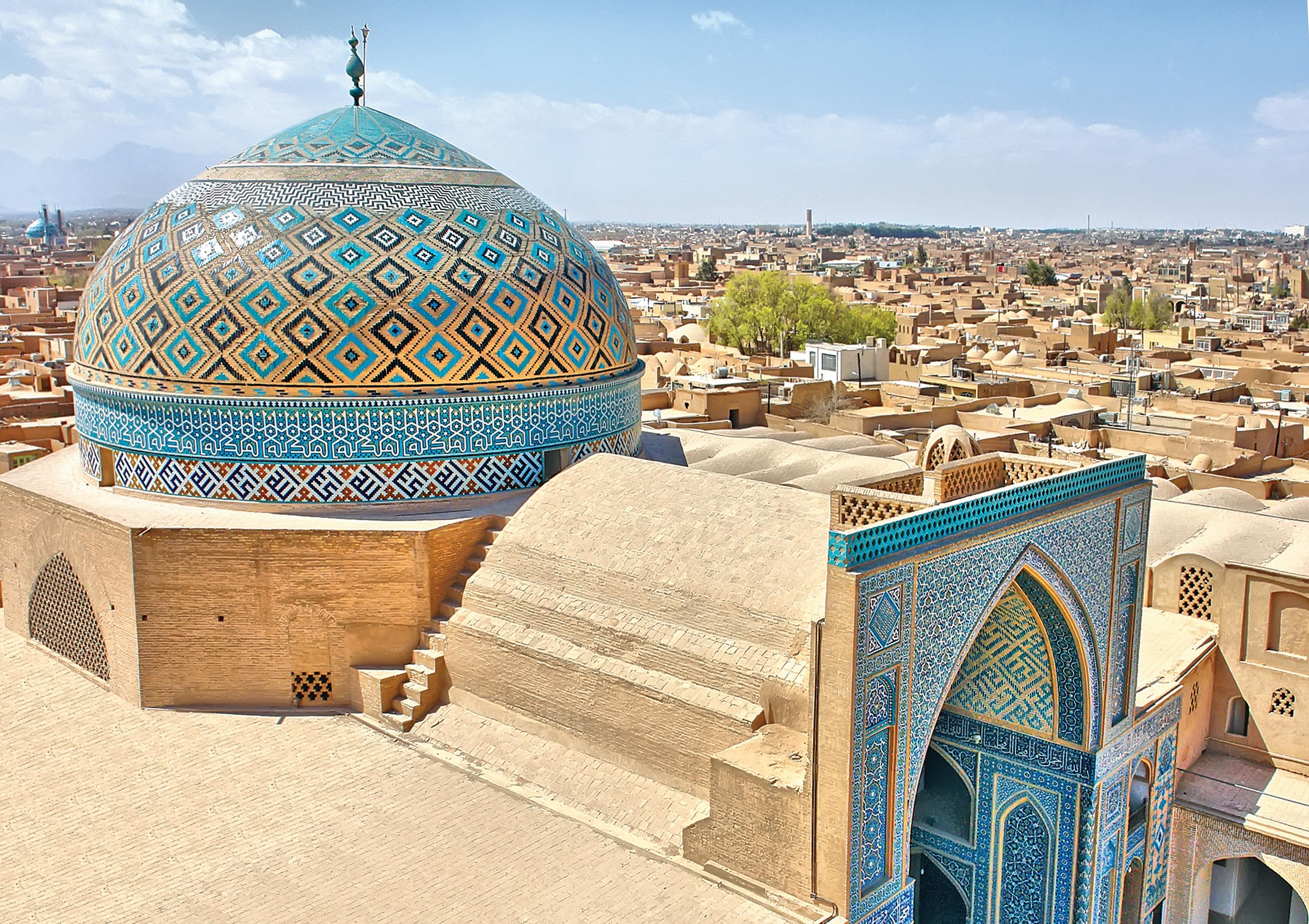
As Yazd grew over the centuries, it developed into different districts that each had their own centre for the needs of residents, including bazaars, hammams, mosques, and workshops. Within the historic part of the city, there are 19 districts and they still have their own distinct characteristics, dominated by coppersmiths or weavers, for instance, or perhaps by Jews or Zoroastrians.
The blend of religions in Yazd is one of its most endearing qualities, and it's why it's often dubbed the 'City of the Holy'. Throughout history, Yazd has always been a sanctuary for communities seeking peace. For example, Zoroastrianism, one of the world’s oldest religions, played a crucial role in the city's early development and expansion and its unique religious observances like the Fire Temple and Tower of Silence still influence the city’s heritage and landscape.
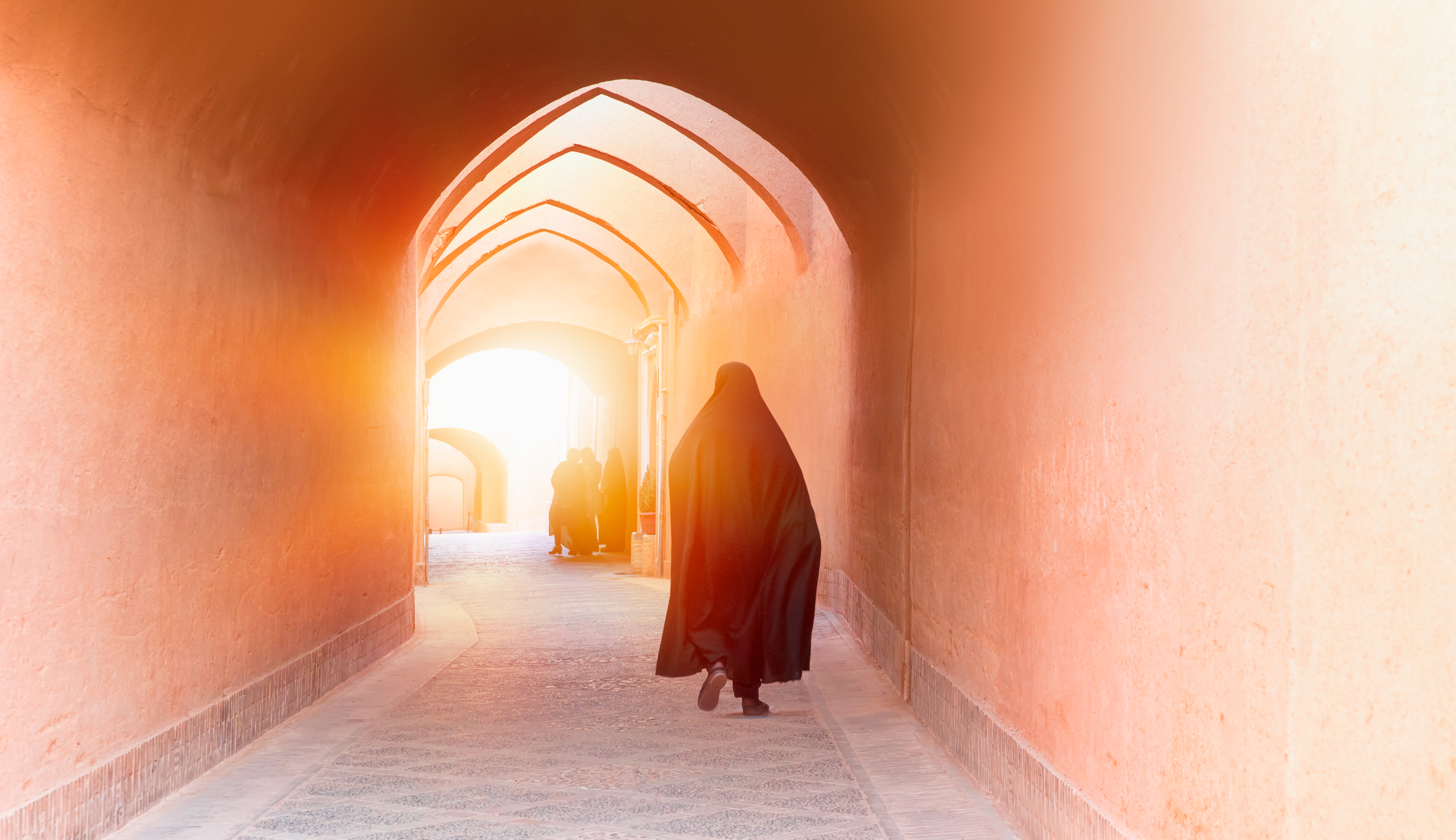
Mixed into the city is also a prominent Persian Jewish community, which has been here since the late 1700s, but today Muslims make up the majority of the population and the Jame Mosque is the focal point of Yazd. However, the urban layout of Yazd encourages a friendly coexistence, with shared water cisterns, for example. The festivities of one religion are often celebrated by followers of other religions, such as the ancient Zoroastrian feast of Nowrooz.
History
The rise of Yazd came during the Late Antiquity, in the early 5th century, under the Sassanid King, Yazdegerd I. At the time, trade was a key contributor to Iran's economy and Yazd became a hub for merchants moving between Asia and India. It, of course, helped greatly that it was founded on the intersection of the road connecting Rey to Kerman and Isfahan, and the road connecting Pars to Khorasan.
It wasn't until the Muslim Arab vanguish of Iran (633-654 AD) that Yazd began to become the city it is today. Thousands of Zoroastrians fled their homes, escaping religious persecution, and found refuge in Yazd, which provided them with safety. Over the subsequent decades, the city was shaped by their religious following and many of the buildings, like the Tower of Silence and the Atashkadeh, are still found in Yazd today.
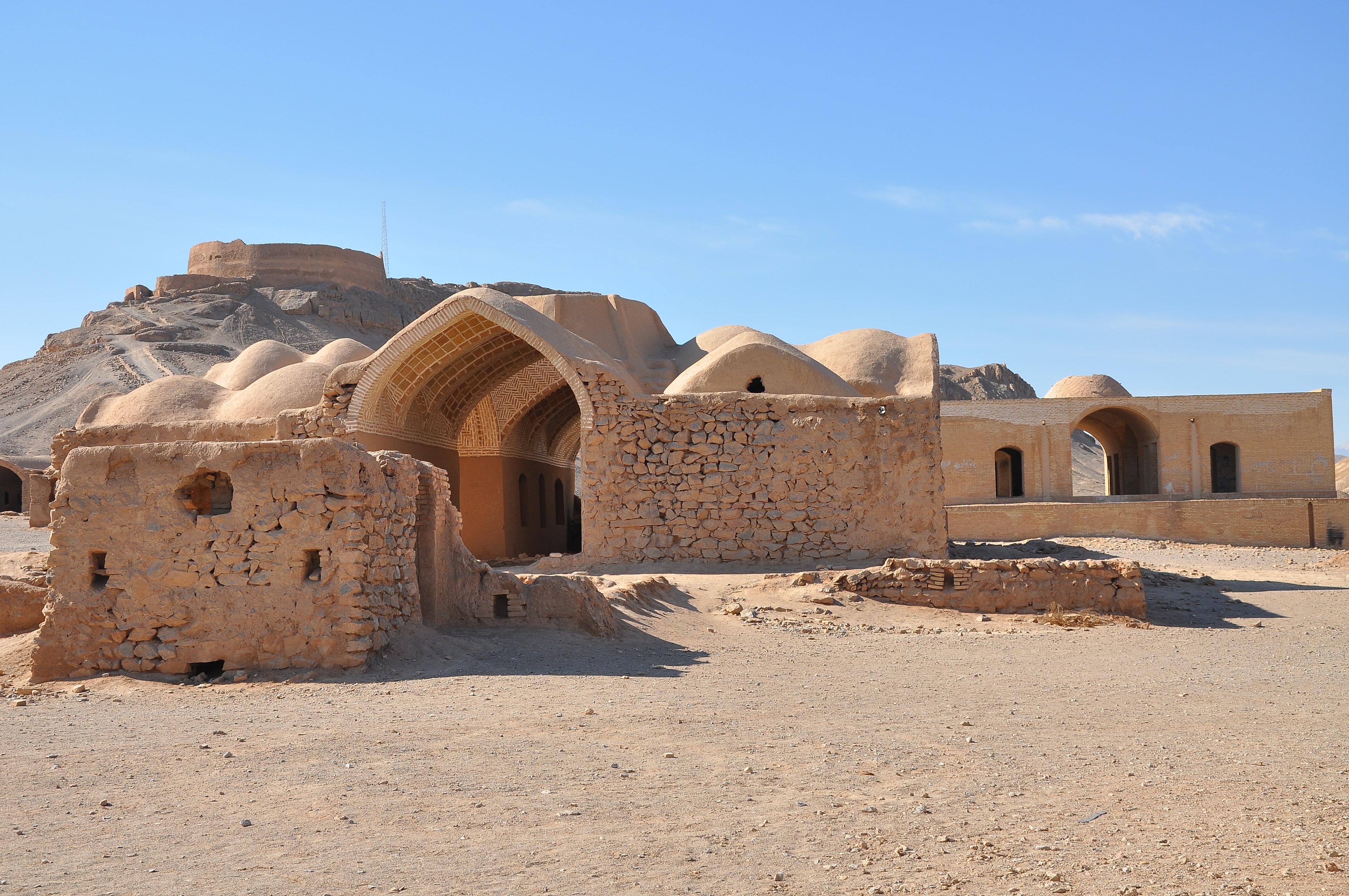
Islam slowly became the dominant religion in Yazd and there are still remains of mosques from the 7th century. But it was during the Kakuyid era from the 10th to the 12th century that the main development occurred, with the flow of water to the city through the qanats allowing gardens and farms to be expanded. The citizens built mosques and madrasas, as well as bazaars to sell the textiles and silks that were becoming more important industries. Around it all, large fortifications were erected with four main gates into the city.
The intense heat and aridness was often a deterrent to would-be conquerors and this allowed Yazd to avoid many major conflicts. It gained a reputation as a safe city and attracted many artists and intellectuals fleeing Genghis Khan’s Persian invasion in the early 1200s, to the point where it even became the capital of the Muzaffa Dynasty as they escaped the Mongols. In 1272, explorer Marco Polo passed through Yazd on his way to China. He referred to Yazd as a 'Noble City' that was secure and busy with trade. Polo wrote about the silk that was so fine it was almost like it was threaded with gold.
Like all cities, its wealth and status ebbed and flowed but, in general, Yazd expanded and grew its industries over the centuries under different leadership. During the Muzaffarid era in the 14th century, Yazd gained unprecedented economic and political importance and this period saw many of the city's main monuments decorated with features like honeycomb vaults and mosaic tile work. In the Timurid era, leading into the 15th century, the Mobarakeh Palace complex was built - and would go on to be the city's administrative centre for another 400 years.
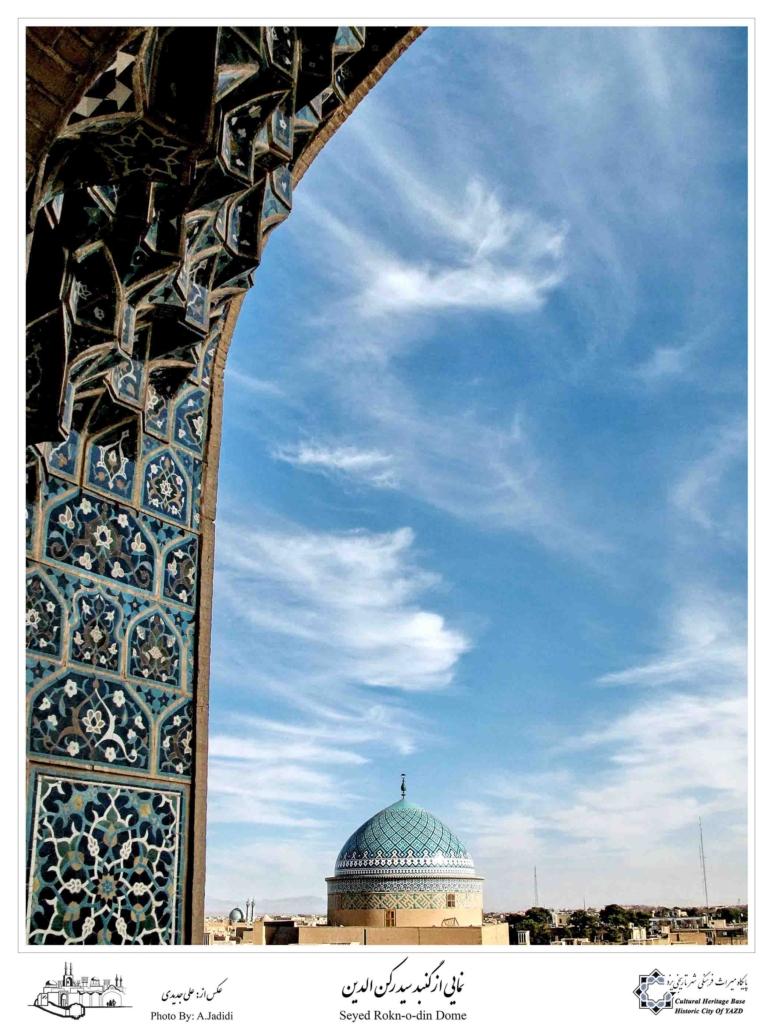
The Safavid era, between the 16th and 18th centuries, saw new districts built over the top of gardens, as Yazd became more important for regional trade and even made a name for itself in Europe, India, and China with silk and textiles. During the 18th century, production was going so well that new caravanserais and extra bazaar space was needed. Since then, Yazd has strengthened its economic position and, although parts of the city have modernised, it's retained much of its heritage features.
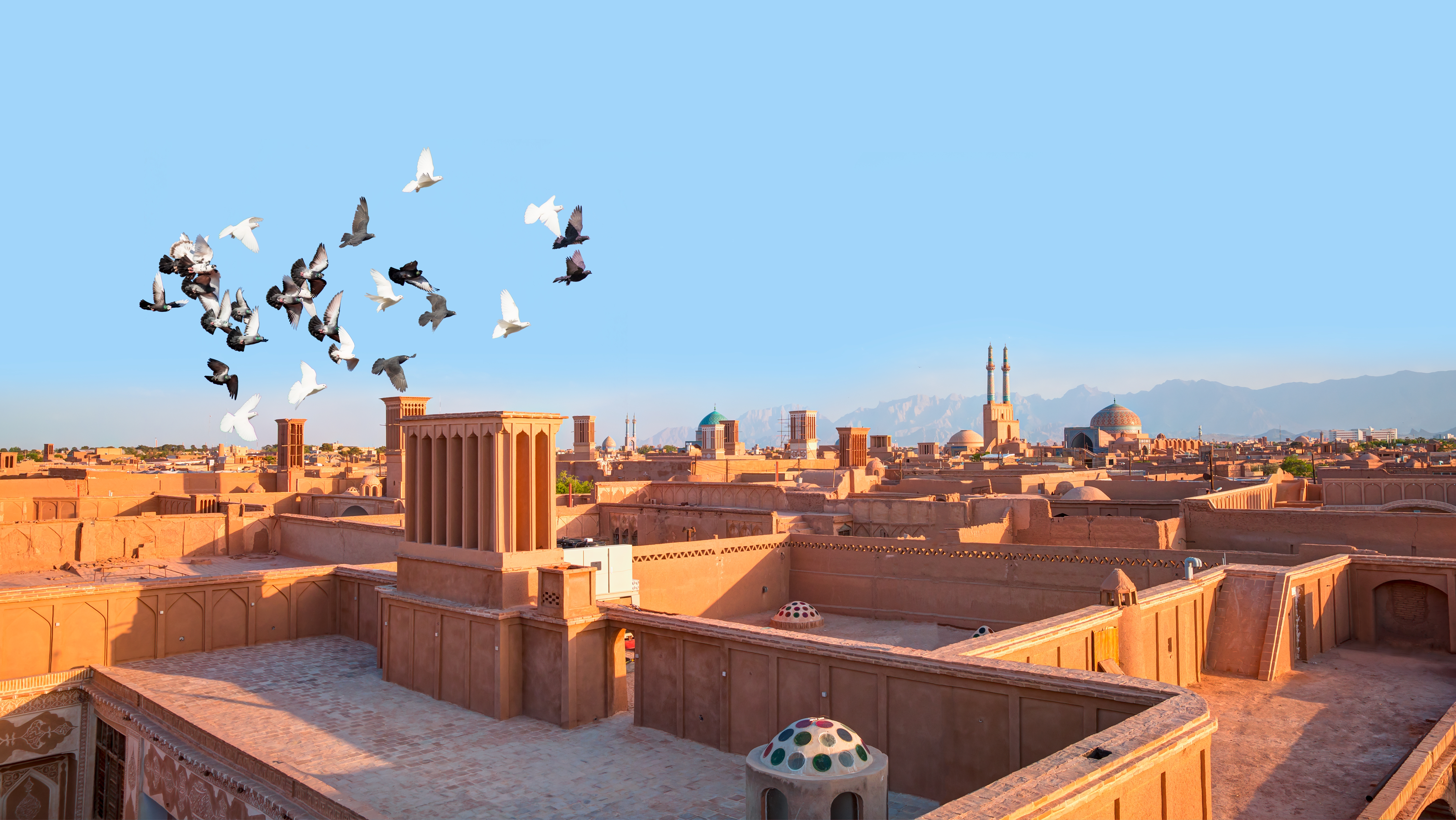
Life Today
Today, when walking through the intertwined streets of adobe buildings, it's easy to picture yourself in the hustle of the Silk Road. The local community has prioritised maintenance and restoration of traditional architecture in the historic areas of town. Windcatchers and underground areas have continued to be effective barriers to the brutal desert heat and, while mostly used for farming now, the qanats continue to bring water into the desert.
The City of Yazd has prospered in the modern era. By pushing the development of hotels, office buildings and urban homes to the outer edges of the city, Yazd has created an immersive historic experience within a contemporary society. The desert town is now one of the most technologically advanced cities in Iran, and continues to be the centre of Iran’s textile industries.
How to get there
Trains run daily to Bandar-e Abbas from Yazd station, taking about 9 to 10 hours.
By train, the Raja Rail Transportation Co sends 5 trains a day from Tehran to Yazd. The train takes 6.5 hours. Take train 720 and get off on the 8th stop in Yazd.
By bus, the Tehran Bus Terminals run a bus every hour from 10:30 AM to 11:45 PM. This ride takes about 8 hours, and you will arrive at Rah Ahan Square in the south of the city.
By plane, Iran Air flies to Tehran twice a day, with flights being about 1.5 hours long. About twice a week Iran Air flies to Mashad as well.
By car, Yazd can be reached from Isfahan in about 4 hours. Take route 62 east out of the city and then take the exit ramp onto 71AH2. Follow route 71 and then follow Meybod Expressway into the city.
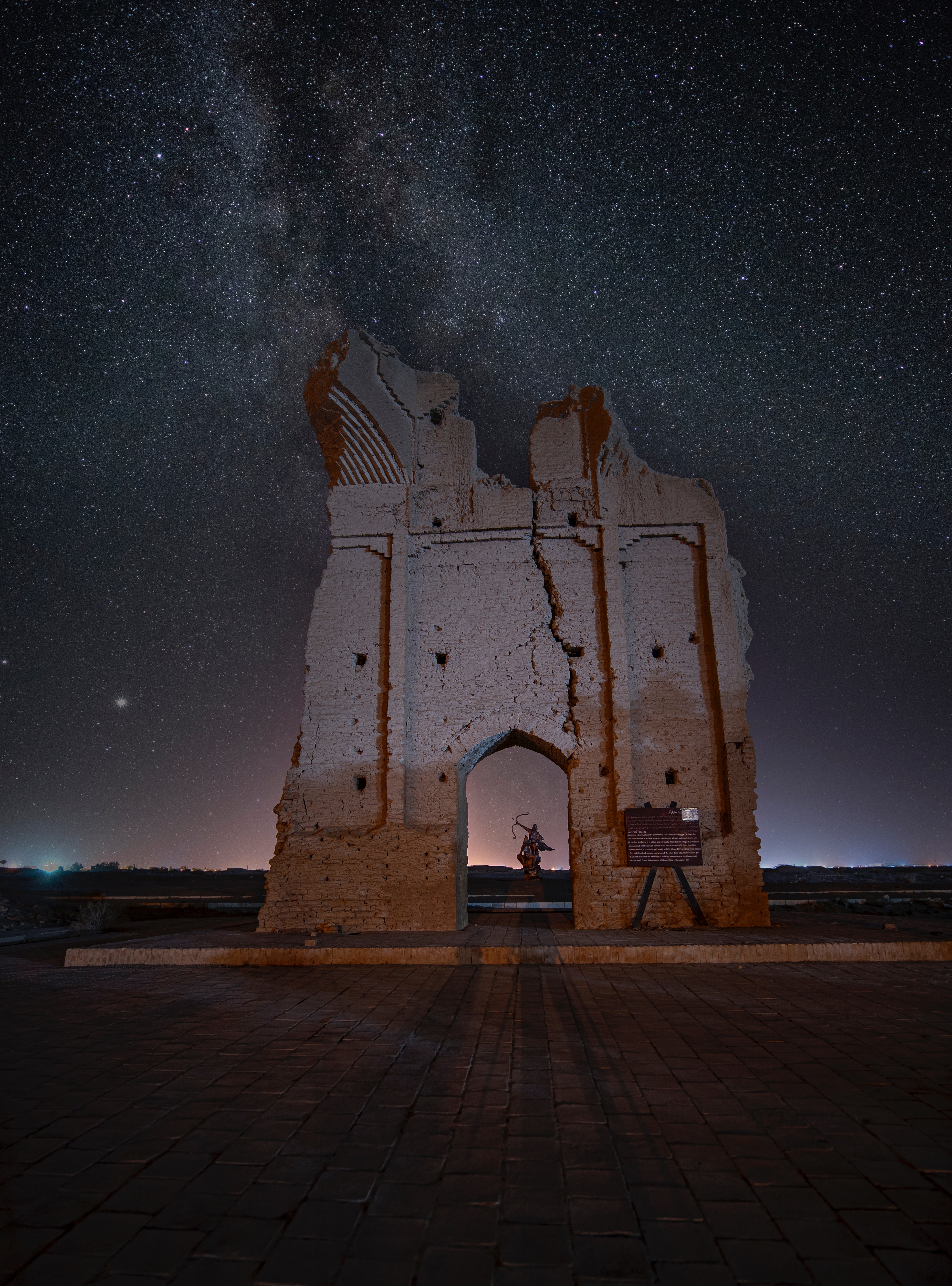
When to visit
The best time to visit Yazd is during autumn and spring, when you will experience the best of all four seasons in one day. The town is busiest during these months when the tourists come for mild weather and chances of rain in the desert. Nowruz, the Iranian New Year, will be a spectacular time to visit with festivities and decoration. Plan ahead as it is Yazid's most popular event.
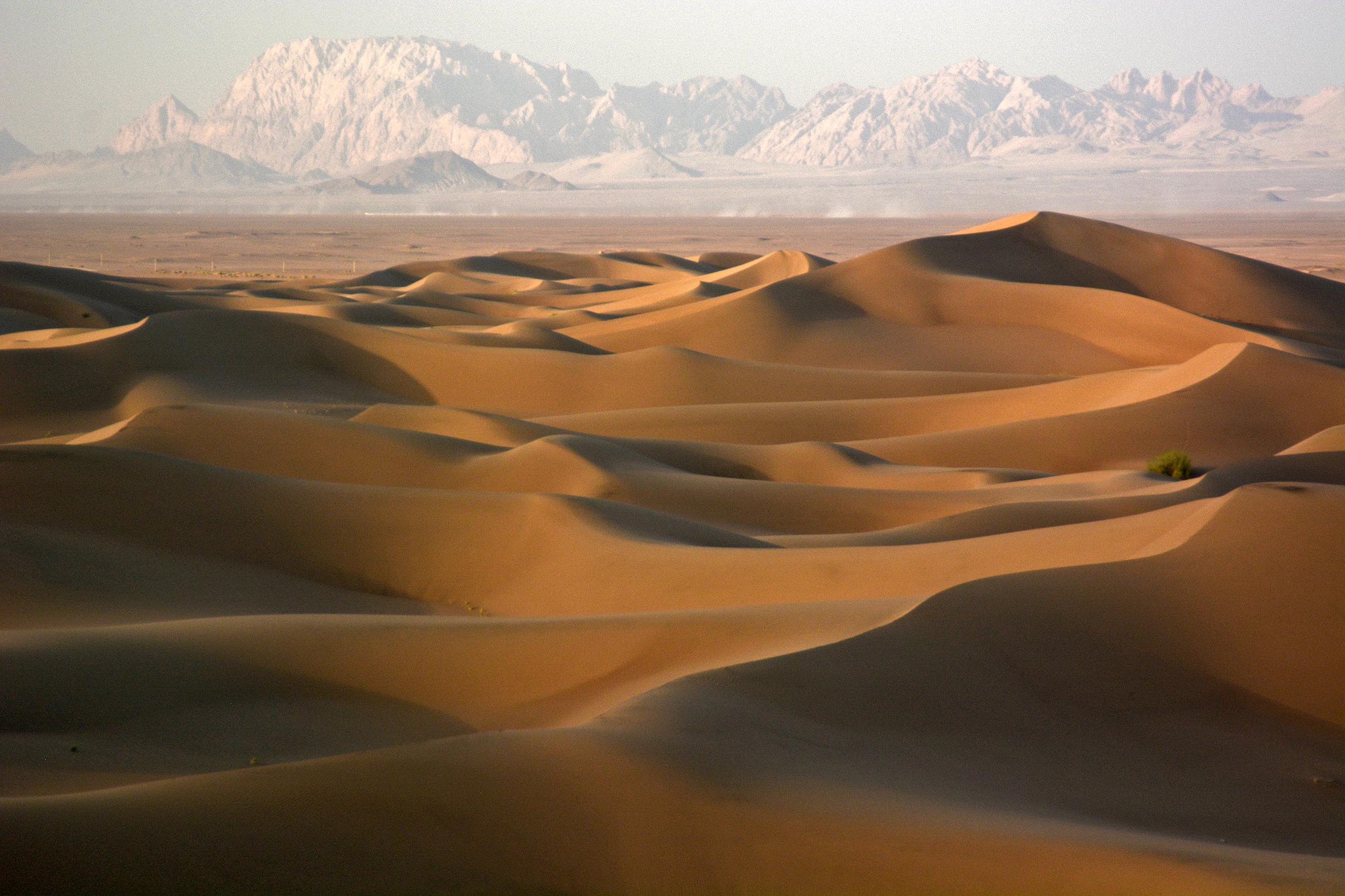
It's best to avoid the summer months when the sun is hot and shining constantly. To beat the crowds, visit during the Winter months where mornings will reach below freezing, but will warm up with sunny afternoons.
How to Visit
Nicknamed the City of Bicycles, Yazd is a fantastic city to explore by bike. Cruise through the historic areas and around town to shorten your commute. Follow your GPS on your phone or hire a tour guide to avoid getting lost in the complicated city layout.
As one of Iran’s top 5 places to visit, this city is best experienced in at least two days. Be prepared to extend your stay, though, as there is much to enjoy in town. Between the historic sites, museums, bazaars and endless restaurants to try, there never seems to be enough time in Yazd.
You can stay in one of the renovated hotels in the historic old town for an immersive experience and close proximity to the main attractions. For modern accommodation, you'll find 5-star hotels in the outer areas of town.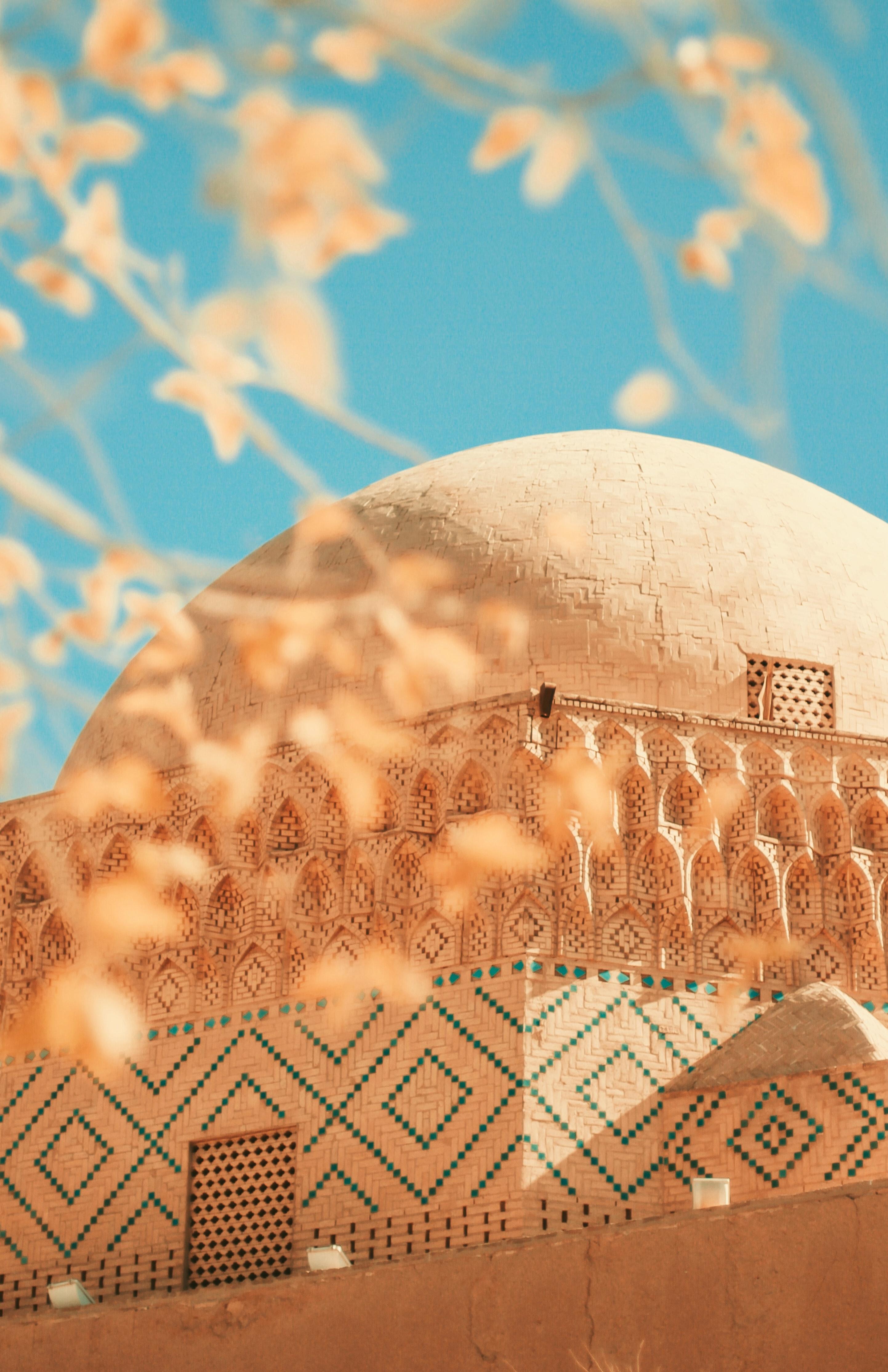
It's easy to spend days exploring the different parts of Yazd, winding your way through the thatched alleys past beautiful ancient architecture. In bazaars from as early as the 7th century, there are local handicrafts including gold, carpets, and wool - plus the city's famous silk. Yazd may be known as the confectionary capital of Iran but there's a huge range of other food to discover, influenced by centuries of trade. Monuments like the Jame Mosque adorned in Persian mosaics are architectural highlights, but it's just as impressive to see the skyline of clay domes and wind towers from a rooftop cafe.
